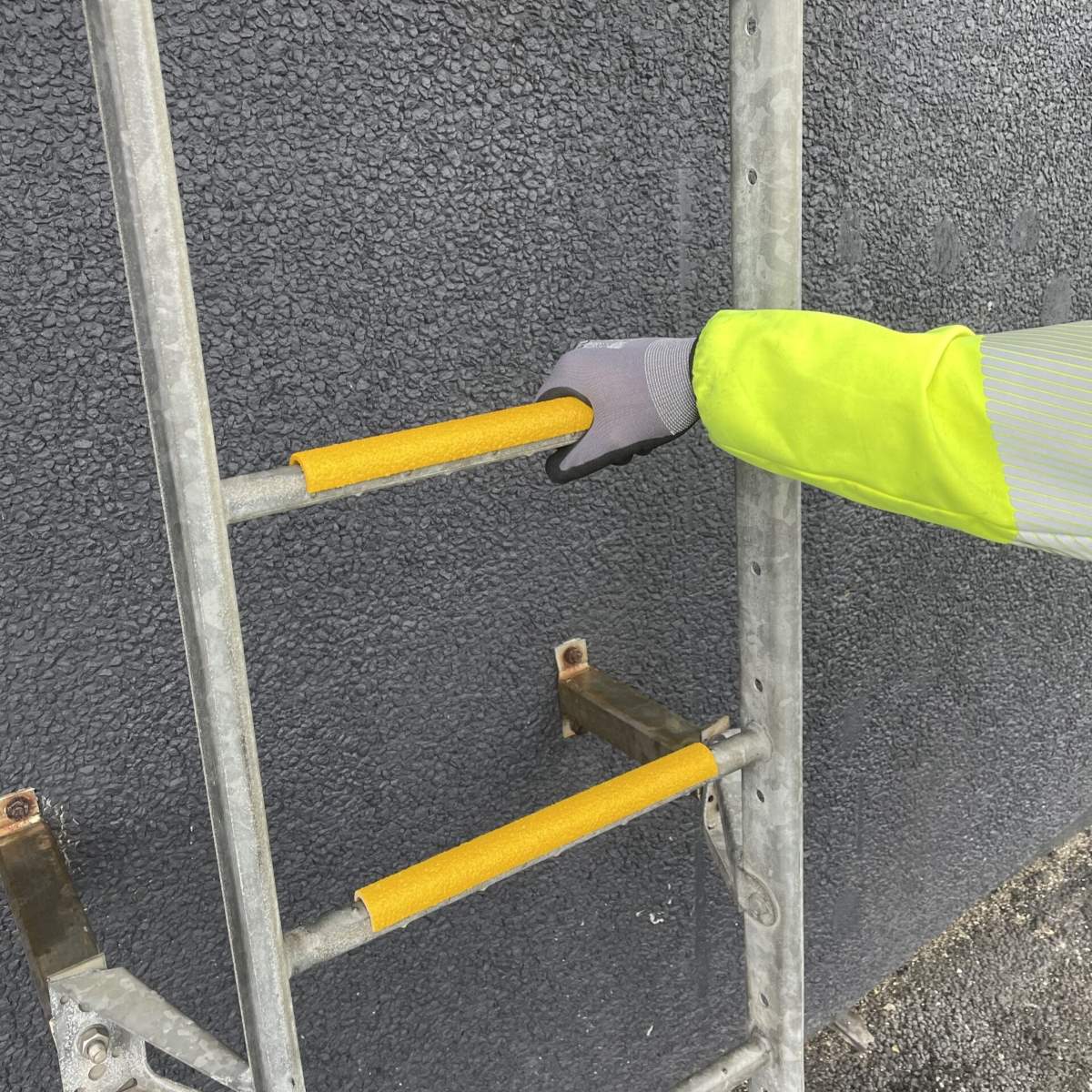

Articles
How Far Apart Should Ladder Rungs Be
Modified: January 8, 2024
Find out the ideal spacing between ladder rungs in our comprehensive articles. Ensure safety and comfort with expert advice and recommendations.
(Many of the links in this article redirect to a specific reviewed product. Your purchase of these products through affiliate links helps to generate commission for Storables.com, at no extra cost. Learn more)
Introduction
When it comes to using ladders, ensuring the safety of users should always be a top priority. One crucial aspect that often gets overlooked is the spacing between ladder rungs. The distance between ladder rungs can significantly impact the stability and comfort of a ladder, making it imperative to understand the optimal rung spacing.
In this article, we will explore the factors to consider when determining the spacing between ladder rungs, industry standards, OSHA guidelines, recommended rung spacing, and the importance of ensuring proper rung spacing for safety.
So, if you’re ready to ladder up your knowledge, let’s dive in!
Key Takeaways:
- Proper rung spacing on ladders is crucial for stability, safety, and comfort. Adhering to industry standards and recommended guidelines ensures a secure and efficient climbing experience, reducing the risk of accidents and injuries.
- Understanding factors, industry standards, and OSHA guidelines for rung spacing is essential. It promotes ladder safety, mitigates risks, and creates a safe working environment for all users.
Read more: How Far Apart Should Bookshelves Be
Factors to Consider
When determining the spacing between ladder rungs, there are several factors that need to be taken into account. These factors can vary depending on the type of ladder, its intended use, and the specific requirements of the task at hand. Here are some key factors to consider:
- Ergonomics: The spacing between ladder rungs should be ergonomic, meaning it should promote comfort and reduce fatigue for the user. The rungs should be easily and securely grasped, allowing for a natural and comfortable hand and foot placement.
- Weight Capacity: The spacing between rungs should be able to support the weight of the user and any additional equipment or materials they may be carrying. It’s important to consider the weight capacity of the ladder and ensure that the rung spacing can adequately distribute the weight.
- Ladder Material: The material of the ladder can also influence the rung spacing. Different materials, such as aluminum or fiberglass, can have different strength characteristics and may require specific rung spacing to maintain stability and safety.
- Ladder Type: The type of ladder being used is another crucial factor. A step ladder, for example, typically has wider rung spacing compared to an extension ladder. Consider the design and intended use of the ladder to determine the appropriate rung spacing.
- User Height and Size: The height and size of the user should also be taken into consideration. Taller individuals may require more space between rungs to ensure a comfortable and stable climbing experience.
- Task Requirements: Lastly, the specific task requirements should be considered. If the ladder will be used for tasks that require frequent climbing up and down, a closer rung spacing may be more appropriate to ensure ease of movement.
By carefully considering these factors, you can determine the ideal spacing between ladder rungs that promotes safety, comfort, and efficiency.
Industry Standards
When it comes to ladder safety, industry standards play a crucial role in establishing guidelines for rung spacing. These standards are developed collectively by industry organizations and regulatory bodies to ensure a consistent and safe working environment for users across various industries.
One such widely recognized standard is set by the American National Standards Institute (ANSI). ANSI standards, particularly ANSI A14.7 for portable metal ladders and ANSI A14.5 for portable wooden ladders, provide detailed specifications and guidelines for ladder design, construction, and safety, including rung spacing.
According to ANSI standards, the maximum vertical distance or spacing between ladder rungs should be between 10 inches (25.4 cm) and 14 inches (35.56 cm). This range provides an optimal balance between stability and ease of climbing. It ensures that the ladder is safe to use while allowing users to maintain a comfortable and secure grip on the rungs.
It’s important to note that these standards may vary depending on the ladder type, material, and purpose. Different types of ladders, such as step ladders or extension ladders, may have slightly different spacing requirements based on their intended use and design specifications.
In addition to ANSI, other industry organizations and regulatory bodies, such as the Occupational Safety and Health Administration (OSHA), also provide guidelines and regulations related to ladder safety and rung spacing.
By adhering to these industry standards, employers and ladder manufacturers can ensure that their employees and customers are using ladders that meet safety requirements and reduce the risk of accidents and injuries.
OSHA Guidelines
The Occupational Safety and Health Administration (OSHA), a regulatory body in the United States, sets and enforces safety standards to protect workers in various industries. OSHA has specific guidelines in place to ensure ladder safety, including regulations regarding rung spacing.
According to OSHA regulations, the spacing between ladder rungs must be uniform and should not exceed 12 inches (30.48 cm) unless there is a safety cage or other approved device in place for fall protection. This uniform spacing helps to maintain stability and prevent users from losing their balance while climbing up or down the ladder.
In situations where a safety cage or other fall protection device is used, the vertical spacing can exceed 12 inches. However, it is important to follow the specific guidelines and requirements outlined by OSHA for the particular ladder and fall protection setup.
OSHA also requires that both the top and bottom rungs of a ladder be positioned to provide a secure handhold for users while climbing on or off the ladder. This ensures that users have a stable gripping point to maintain their balance during transitions.
Furthermore, OSHA emphasizes the importance of inspecting ladders regularly to identify any defects that may affect their safety, including rung spacing. Employers are responsible for ensuring that ladders are properly maintained and meet OSHA standards to protect their workers from ladder-related accidents.
By following OSHA guidelines and regulations, employers can create a safe work environment and prevent ladder-related incidents, ultimately protecting the health and well-being of their employees.
The standard distance between ladder rungs is 12 inches. This provides a comfortable and safe distance for climbing while also ensuring stability and support.
Recommended Rung Spacing
While industry standards and OSHA guidelines provide a general framework for rung spacing, there are some recommended guidelines that can further enhance ladder safety and user comfort. These recommendations take into account ergonomic principles and best practices for ladder design.
One widely accepted recommendation is to aim for a rung spacing between 10 inches (25.4 cm) and 12 inches (30.48 cm). This range strikes a balance between stability and ease of climbing, allowing users to maintain a secure grip on the ladder rungs while minimizing the risk of tripping or losing balance.
Additionally, ladder rungs should be rounded or have a slight contour to provide a comfortable and secure surface to grip. Rounded rungs help to prevent hand or foot slippage, especially when wearing gloves or if the rungs become wet or slippery.
It is also recommended to install rungs with adequate tread or grip material to further enhance traction. This can help to prevent slips and falls, especially when working on ladders in environments with potential moisture or debris.
Another important consideration is to ensure that the rungs are positioned at a consistent distance from each other vertically, and that the horizontal spacing between rungs is evenly distributed. This uniformity allows users to establish a steady climbing rhythm and reduces the risk of accidentally missing a rung or losing balance due to irregular spacing.
While these recommendations can serve as a useful starting point, it is important to always consult specific ladder manufacturer guidelines for the recommended rung spacing. Manufacturers may provide more detailed instructions tailored to their ladder designs and materials.
Ultimately, following recommended rung spacing guidelines enhances ladder safety, reduces the risk of accidents, and promotes a more comfortable climbing experience for users.
Read more: What Is A Rung Of A Ladder
Adjusting Rung Spacing
In some cases, ladder rung spacing may need to be adjusted to accommodate specific requirements or user preferences. While it is generally recommended to follow industry standards and guidelines, there are instances where modifying rung spacing can be necessary.
If you find that the current rung spacing on a ladder is not suitable for your needs, here are a few options for adjusting rung spacing:
- Add or Remove Rungs: Depending on the ladder’s design and construction, it may be possible to add or remove rungs to achieve the desired spacing. However, it is important to consult the ladder manufacturer’s instructions to ensure that any modifications do not compromise the ladder’s structural integrity or violate safety regulations.
- Use Adjustable Ladders: Some ladders are designed with adjustable rung spacing, allowing users to customize the distance between rungs. These ladders often have mechanisms that allow for easy and secure adjustment to accommodate different tasks and user preferences.
- Utilize Accessories: There are ladder accessories available, such as ladder standoffs or ladder stabilizers, that can be used to modify the rung spacing or provide additional stability. These accessories can help users adapt the ladder to specific tasks or working conditions without permanently altering the rung spacing.
- Create Custom Ladders: In situations where standard ladder options are not suitable, custom ladder solutions may be necessary. Working with ladder manufacturers or fabricators, you can design and build a ladder with rung spacing tailored to your specific requirements.
However, it is crucial to exercise caution when adjusting rung spacing or modifying ladders. Any modifications should be carried out by trained professionals or in accordance with relevant safety regulations to ensure that the ladder remains structurally sound and safe to use.
Always consult the manufacturer’s guidelines or seek professional advice when considering adjustments to ladder rung spacing to maintain safety and compliance with industry standards.
Importance of Proper Rung Spacing
Proper rung spacing on ladders is of paramount importance for ensuring the safety and well-being of users. Here are several reasons why maintaining appropriate rung spacing is crucial:
- Stability: Adequate rung spacing contributes to ladder stability. Properly spaced rungs provide a secure and sturdy platform for users to climb up and down without losing balance or experiencing unnecessary wobbling. This stability is particularly critical when working at heights or in precarious positions.
- Safety: The safety of ladder users is significantly impacted by rung spacing. Appropriate spacing allows for secure hand and foot placement, reducing the risk of slips and falls. It ensures that users have a comfortable and dependable grip on the ladder rungs, allowing them to maintain control and stability throughout the climbing process.
- Comfort: Climbing ladders can be physically demanding, especially during long periods of use. Optimal rung spacing provides ergonomic comfort for users by allowing them to maintain a natural posture and foot positioning as they ascend or descend the ladder. This reduces fatigue and increases productivity.
- Prevention of Accidents: Accidents related to ladder use can have serious consequences. Maintaining proper rung spacing helps to minimize the likelihood of accidents occurring. By providing a secure and predictable path for climbing, it reduces the chances of users missing rungs, losing balance, or tripping, resulting in a safer work environment.
- Compliance with Regulations: Proper rung spacing ensures compliance with industry standards and regulatory guidelines, such as those established by ANSI and OSHA. Adhering to these regulations is not only essential for maintaining a safe working environment but also for avoiding potential penalties and liability associated with non-compliance.
By recognizing the importance of proper rung spacing and prioritizing ladder safety, employers and ladder users can mitigate the risks associated with ladder-related accidents and injuries. Regular inspections, maintenance, and adherence to recommended rung spacing guidelines are crucial steps to ensure a secure and productive work environment.
Conclusion
The spacing between ladder rungs is a critical factor in ladder safety and user comfort. By considering various factors such as ergonomics, weight capacity, ladder material, ladder type, user height and size, and task requirements, one can determine the appropriate rung spacing for a ladder.
Industry standards, such as those set by ANSI, and guidelines provided by regulatory bodies like OSHA, provide valuable frameworks for rung spacing requirements. Adhering to these standards helps ensure the safety of ladder users and reduces the risk of accidents.
Recommended rung spacing falls within a range of 10 to 12 inches, striking a balance between stability and ease of climbing. It is also important to ensure that rungs are rounded or contoured, have adequate grip, and are consistently spaced to enhance ladder safety and user comfort.
In some cases, rung spacing may need to be adjusted to accommodate specific needs or preferences. However, any modifications should be done in accordance with manufacturer guidelines and safety regulations to ensure the ladder’s structural integrity and user safety.
Proper rung spacing plays a vital role in ladder stability, safety, and user comfort. It prevents accidents, enhances stability, and promotes a secure and efficient climbing experience. By prioritizing ladder safety, employers and ladder users can create a safe working environment and reduce the risk of ladder-related incidents.
Remember, ladder safety is everyone’s responsibility. Regular inspections, maintenance, and adherence to rung spacing guidelines are key to ensuring the well-being of ladder users and preventing unnecessary accidents and injuries.
So, the next time you climb a ladder, remember the importance of proper rung spacing and take the necessary steps to ensure your safety and the safety of others. Stay safe, stay steady, and keep climbing!
Frequently Asked Questions about How Far Apart Should Ladder Rungs Be
Was this page helpful?
At Storables.com, we guarantee accurate and reliable information. Our content, validated by Expert Board Contributors, is crafted following stringent Editorial Policies. We're committed to providing you with well-researched, expert-backed insights for all your informational needs.


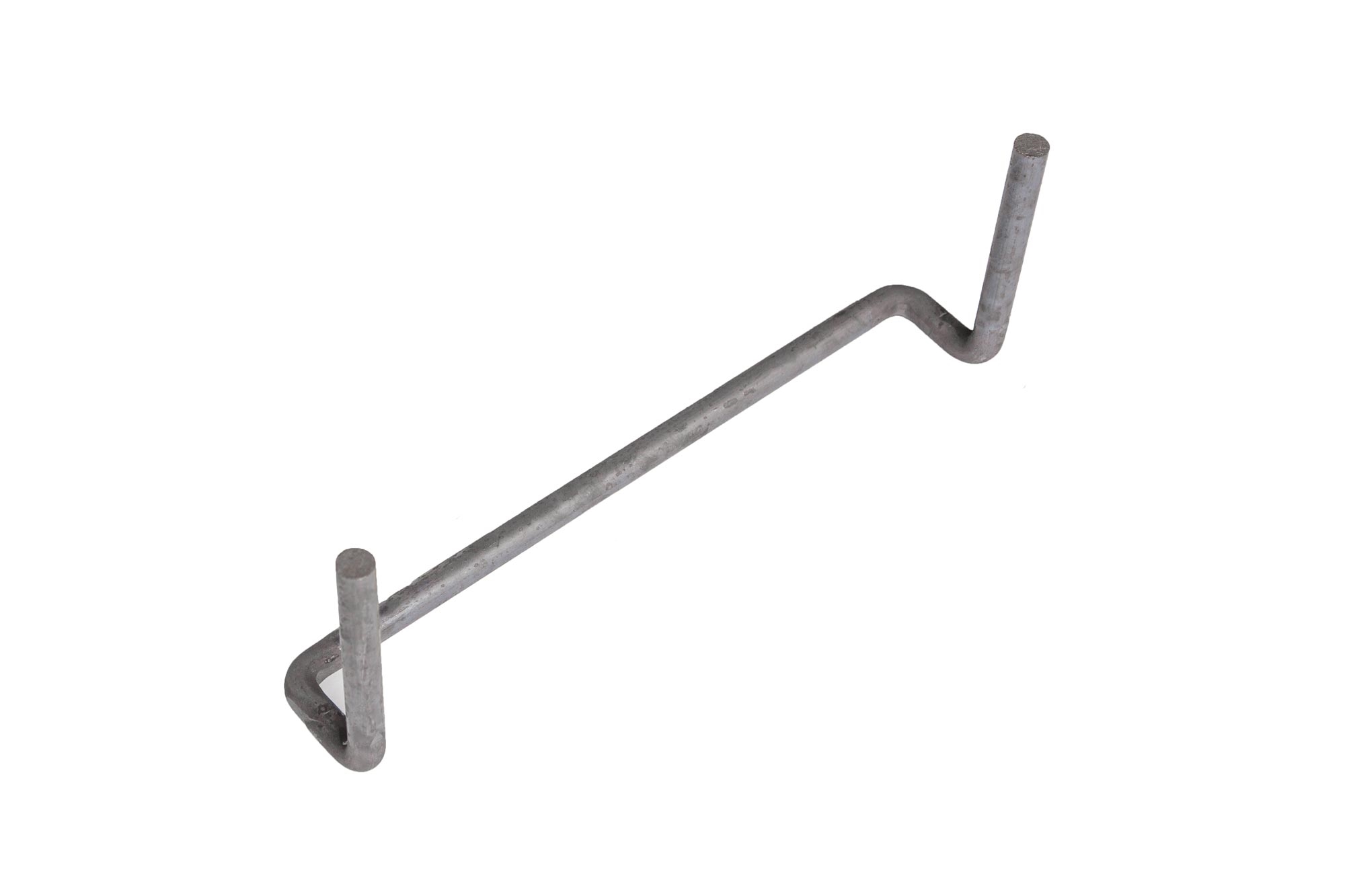






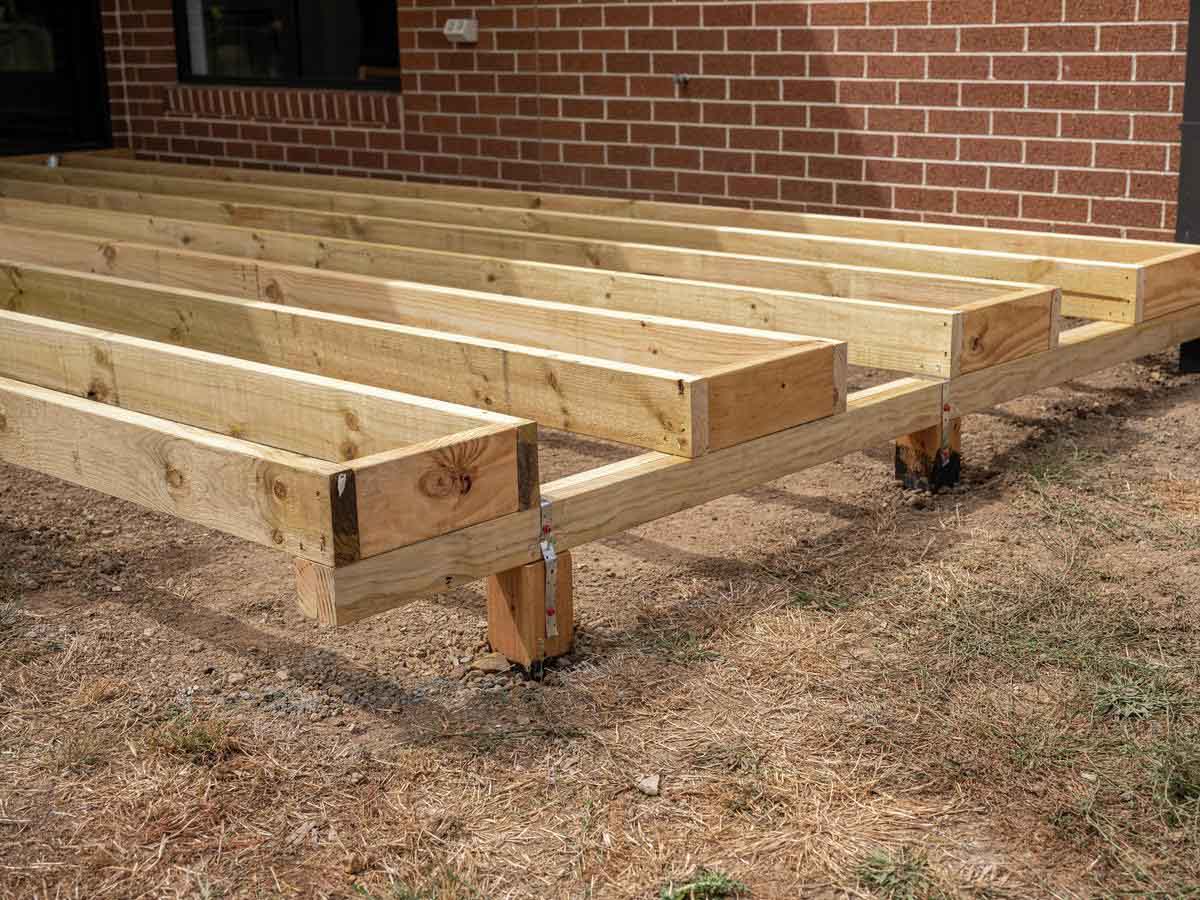

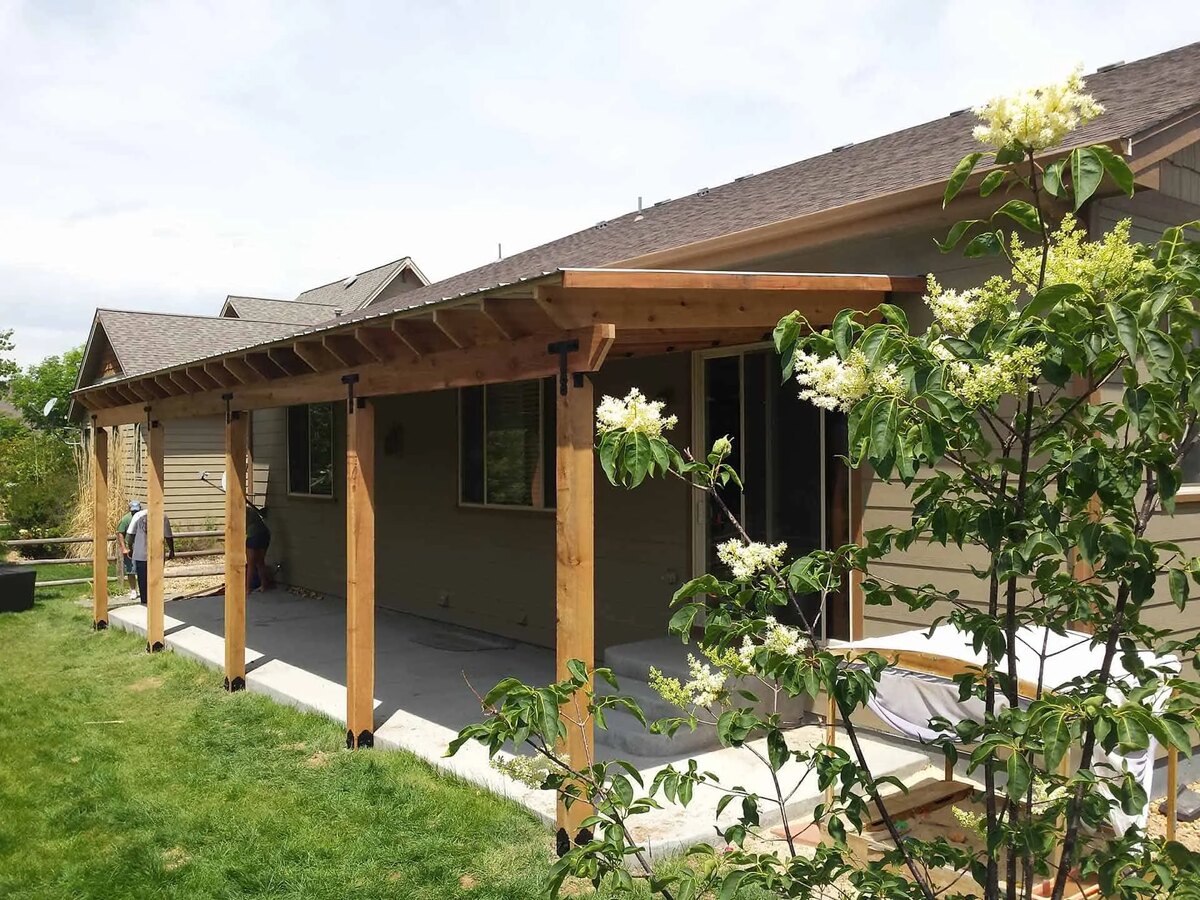
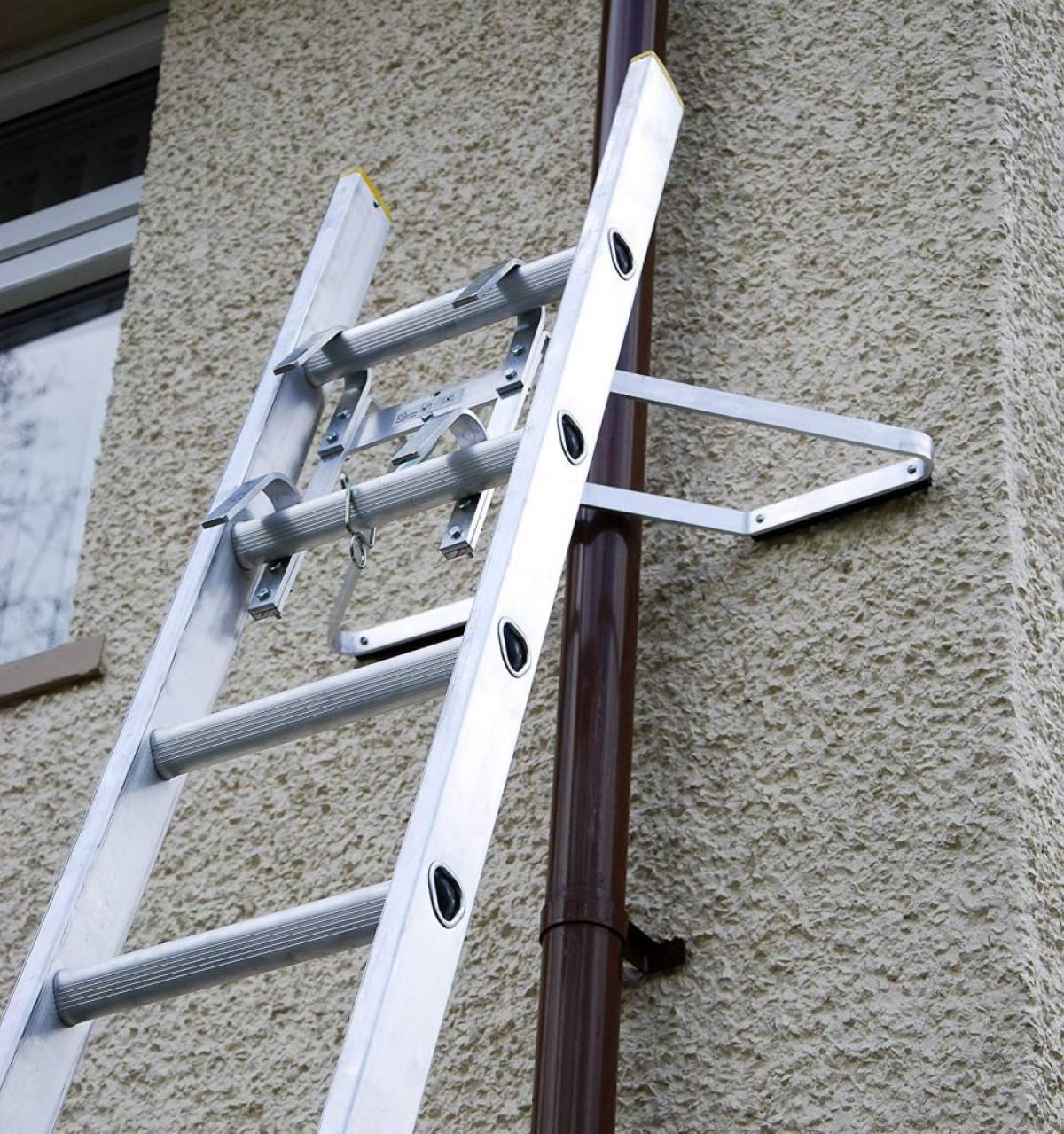


0 thoughts on “How Far Apart Should Ladder Rungs Be”